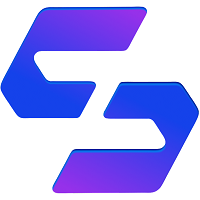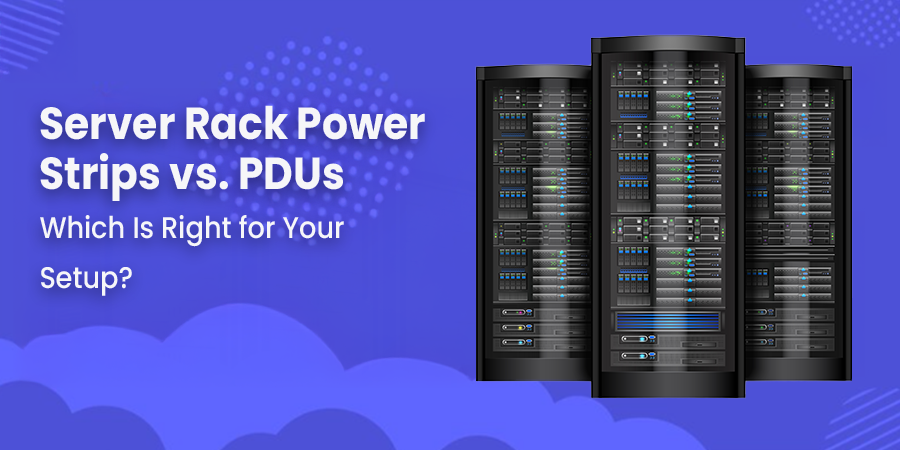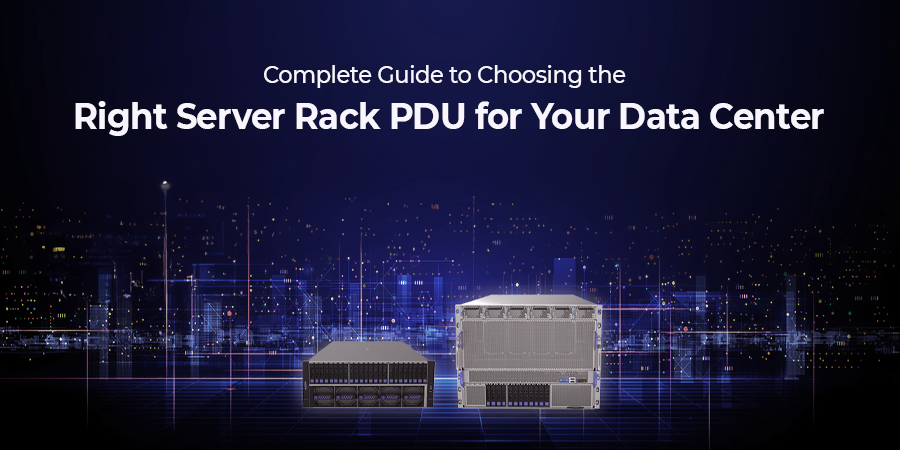Server Rack Power Strips vs. PDUs - Which Is Right for Your Setup?

Server Tech Central
8/4/2025

If you are setting up a new organisation or upgrading the previous one, then power distribution is not just a part of the checklist; rather, it is the foundation. Every server room or data center requires a reliable power source. But they are often overlooked or given secondary importance. One must be careful with the right choice, as it acts as the central unit. Two of the most commonly used solutions are server rack power strips and Power Distribution Units. Do you know the difference?
The functions of both appear the same – power distribution - but their differences can have a massive impact on the performance, scalability, and safety of your infrastructure. Both have different and unique roles in terms of power distribution. That performance depends on how they are manufactured and what their dedicated functions are. With my personal experience in both, I have identified a few key differences. They will help you narrow down your choice.
Before exploring the differences between the PDU and power strip in terms of functionality, let's first understand what they are.
What are PDUs and Server Rack Power Strips?
What do you do when you have to connect multiple devices to a single power source? At home, you will look for some power strips, but at larger setups, you will require something more scalable. PDUs (Power Distribution Units) and Power Strips are devices that have multiple electrical outlets from a single source. It expands the capability to plug in multiple devices simultaneously. They are commonly used in larger setups.
On the other hand, Power Strips are common in both professional and at-home settings. And work as a multi-outlet product. They offer a good number of additional outlets to plug several devices when the outlet space is limited. Additionally, the PDU is equally suitable for more complex and integrated industrial settings. They provide a compact power supply to multiple devices. A few PDUs have remote access to resolve any power issues and monitor power consumption.
This was a brief overview of what these devices are. Here are the key differences that distinguish them in terms of features and utility.
Key Differences b/w Power Strips and PDUs
Why is it necessary to compare them both? As a layman, one can easily get confused about what delivers what. Although they both serve the same function of power delivery or management among multiple devices, they differ in their physical features, use cases, and capabilities. Here is a table that briefly tells what distinguishes them.
Feature | Power Distribution Unit (PDU) | Server Rack Power Strip |
Outlet Types | Multiple outlets, including both domestic and industrial grade. | Domestic outlets only. |
Outlet Quantity | Accommodates 4 to 48 outlets. | Accommodates only 2 to 8 outlets due to limitations in amperage and power quality |
Inlet Types and Cordset Thickness | Both domestic and industrial grade inlets offer thicker cord sets to allow for more current and reduce resistance. | Supports domestic inlets |
Inlet/Cordset Quantity | Dual configuration, dual feed, and automatic transfer switch options provide added power redundancy. | Single cord set |
Power Phase (Voltage) | 208V/400V three-phase power for heavy workloads in industrial applications. | Provides 110V, 208V, and 230V single-phase power for homes and offices. |
Mounting Options | Rack-mountable, horizontal or vertical | Floor or desktop placement |
Circuit Protection | Advanced overload and thermal protection | Basic resettable circuit breakers |
Surge Protection | Included, especially in intelligent PDUs | Basic surge protection in some models |
Monitoring Features | Remote, real-time monitoring available | Rarely available |
Compliance and Safety | Certified for high-voltage, mission-critical use | Varies by model |
If the features and utility differ, the application of both will also be according to their potential functions.
Application Differences Between PDUs and Server Rack Power Strips
The applications vary based on their power delivery. Being more redundant, robust, and influential, PDUs are best for data-intensive and integrated environments. The environments that require massive and uninterrupted power consumption. You can easily deploy them on an industrial level, as they can potentially handle power delivery. In contrast, a power strip is sufficient for lighter power requirements in shops, offices, homes, schools, and other similar settings.
Let's get into more exclusive details of each device.
Applications of a PDU include:
Data Centers: Stable power supply for servers with monitoring and management.
Server Racks: The intelligent power distribution with load balancing.
Telecommunication Rooms: These rooms act as a critical component for continuous operation.
Manufacturing Plants: It distributes power safely across multiple high-powered machines.
Medical Equipment: Critical medical environments where power stability is mandatory.
Applications of a Server Rack Power Strip:
Home Offices: It powers laptops, monitors, and phone chargers.
Living Rooms: To manage multiple pieces of equipment like televisions, speakers, pedestal fans, etc.
Workshops: For low-power tools
Temporary Event Setups: To manage concerts, exhibitions, and booths.
Educational Settings: Classrooms with PowerPoint or multimedia setups.
Physical Differences:
How is it possible that they would not be different in their physical structure? They have different form factors, utility, and manufacturing materials.
Form Factor and Materials: PDUs are available in both vertical (0U) and horizontal (1U or 2U) configurations. They are made of robust materials, such as steel, as they are deployed in high-intensity environments. On the other hand, power strips usually have a bar-shaped form factor and are often made of plastic.
Factors to Consider When Choosing Between Them
Before you buy any one of them, consider the given factors important. Get through these details first, and it will automatically let you decide.
1. Calculate your Power Load Requirements
Low Power Needs (under 1.8kW): The Power Strip will work.
High Power Needs (over 2kW): Use a PDU for mission-critical systems
2. Evaluate the Operating Environment
A Power Strip or a basic PDU will work efficiently in homes and offices. In server rooms or industrial setups, opt for a rack-mount and high-capacity PDU, respectively.
3. Need for Monitoring and Remote Access
If no monitoring is required, then power strips will suffice. If remote monitoring is mandatory, then go for Smart or metered PDUs.
4. Safety and Compliance
Make sure that the product complies with relevant certifications, such as UL and CE.
In critical environments, such as server rooms or data centers, only certified power distribution units are deployed.
5. Scalability and Long-Term Usage
Investing in a high-quality power distribution unit is also significant such as PSX-PDU120V for future-proofing growing businesses and their data infrastructure.
For one-time, low-usage cases, a power strip is sufficient.
Benefits of Using PDUs over Power Strips
Using PDUs over power strips has multiple benefits.
The monitoring and remote power control help prevent overload and outages. In the event of a power disruption, your team can easily manage the situation remotely.
PDUs being advanced and well-managed come with circuit breakers that efficiently help avoid
A PDU distributes power efficiently across multiple circuits and racks, especially in high-density racks.
Smart PDUs provide insights that help optimize power usage and contribute to lower electricity costs.
Conclusion
Therefore, the PDU and power strips work similarly, but they differ significantly in their functionality. Before purchasing any of them, review the power requirements in your area and then select the most suitable option. PDUs emerge as the go-to for complex and technology-intensive tasks, while a power strip can manage household usage. At Server Tech Central, we help businesses make informed decisions about their power infrastructure by offering a wide range of PDUs tailored to enterprise needs. You need to make an informed decision that will benefit you in the future as well.




